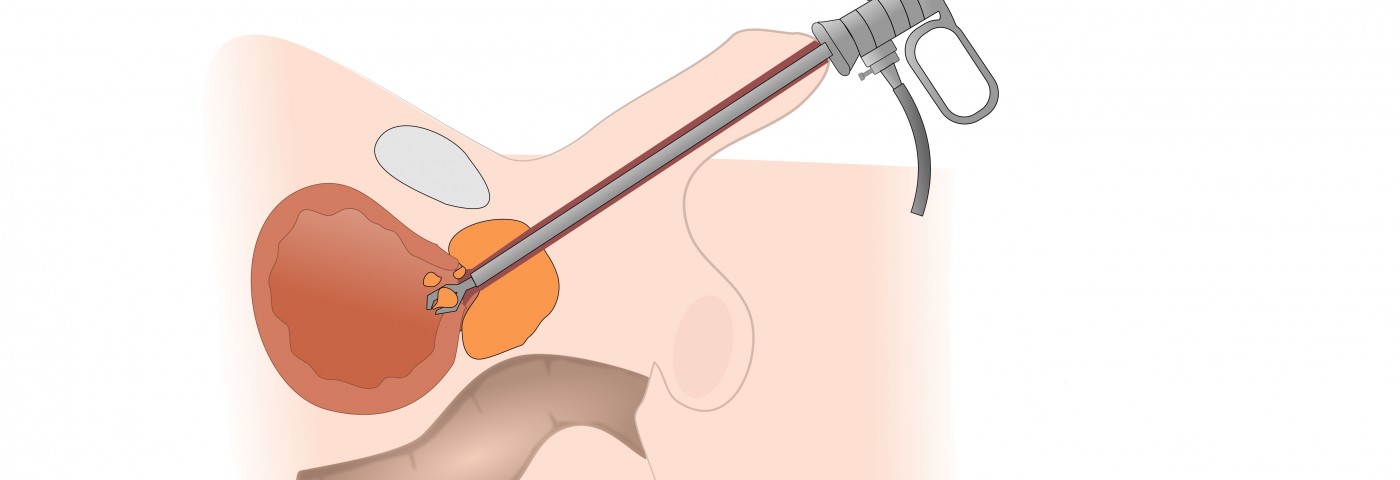A recent study has shown that bipolar transurethral resection of the prostate, or b-TURP, is superior to monopolar TURP (m-TURP) in terms catheterization time and hemoglobin decrease. In terms of other postoperative clinical outcomes and adverse effects, the team’s comparison study found the two methods largely equivalent.
M-TURP is the established standard for benign prostatic hyperplasia (BPH) in patients not responding well to medication, but has been associated with several types of complications. These can range from bleeding, both during and following surgery, to the life-threatening TURP syndrome, extended hospitalization, urinary incontinence, retrograde ejaculation, and erectile dysfunction.
B-TURP differs from the monopolar technique by using a high-frequency bipolar current between two electrodes, instead of the unidirectional current used in m-TURP. One of the benefits of the bipolar procedure is that physiological saline can be used for irrigating surrounding tissue during the surgery, instead of glycine used in m-TURP.
The irrigation liquid is used to protect surrounding tissue. However, absorption of glycine during lengthy surgical procedures is common and associated with the development of TURP syndrome.
The study, titled “Safety and Efficacy of Bipolar Versus Monopolar Transurethral Resection of the Prostate: A Comparative Study” and published in the Urology Journal, analyzed 300 m-TURP and 290 b-TURP patients treated by a single urologist — a compelling strength of the study by minimizing variation.
The team analyzed catheterization and operation time, hemoglobin (Hb) decrease, International Prostate Symptom Score (IPSS), maximum urinary flow rate, and post-voiding residual urine volume (PVR) values at a follow-up visit 12 months following surgery.
They found that both groups improved in IPSS score, urinary flow rate, and residual volume following the surgery, however, the b-TURP group had shorter catheterization times and decreased blood loss.
TURP syndrome developed in two m-TURP patients, corresponding to 0.6%, while no b-TURP patients developed the syndrome — a finding that aligns with earlier studies showing that up to now, b-TURP associated syndrome has not been reported.
The superiority of b-TURP over m-TURP has been demonstrated in other studies, and the present study confirms these earlier findings, although the researchers conclude by noting that both methods are a “effective and safe treatment modality for BPH.”

